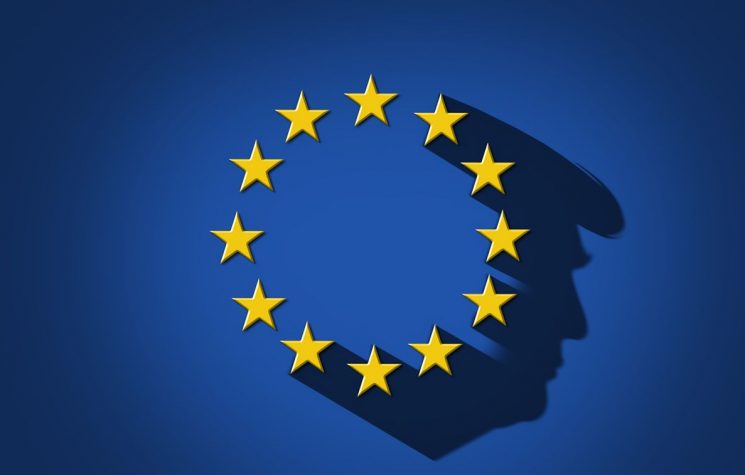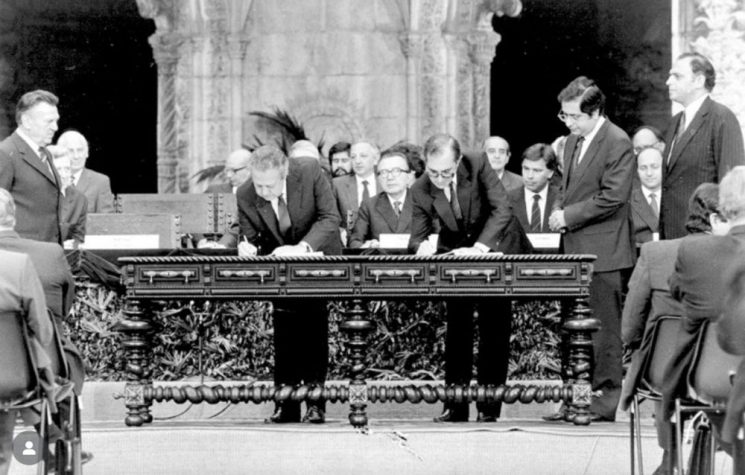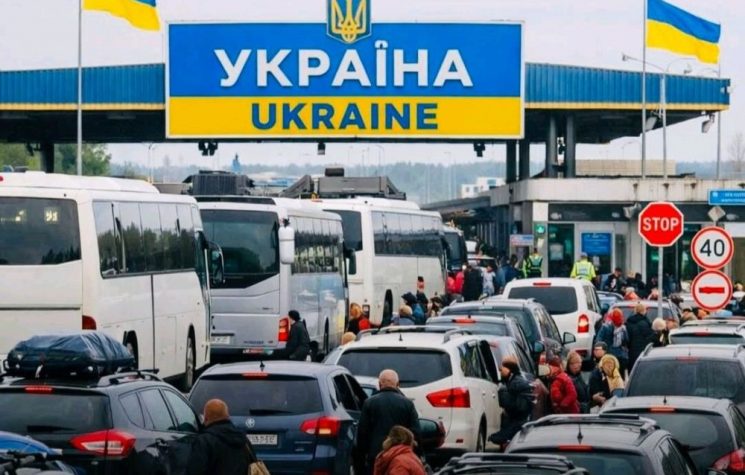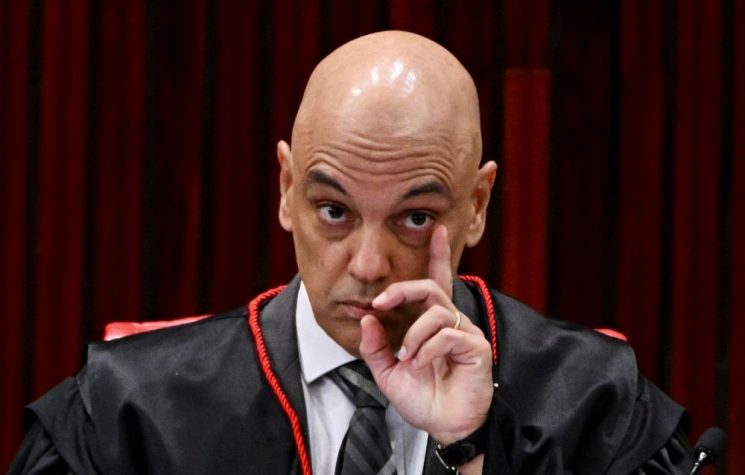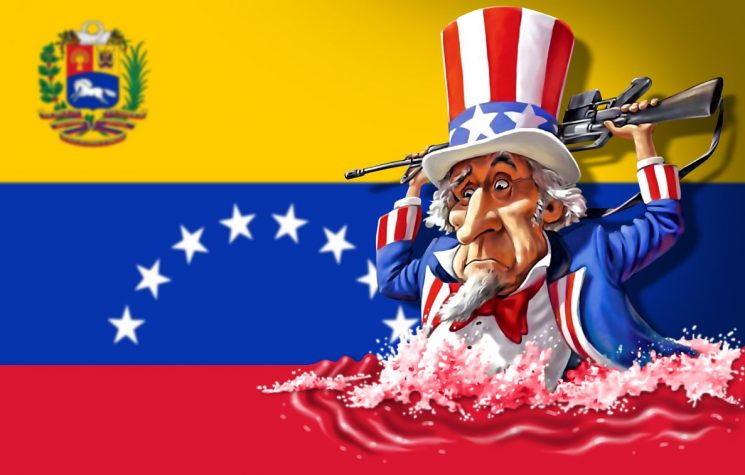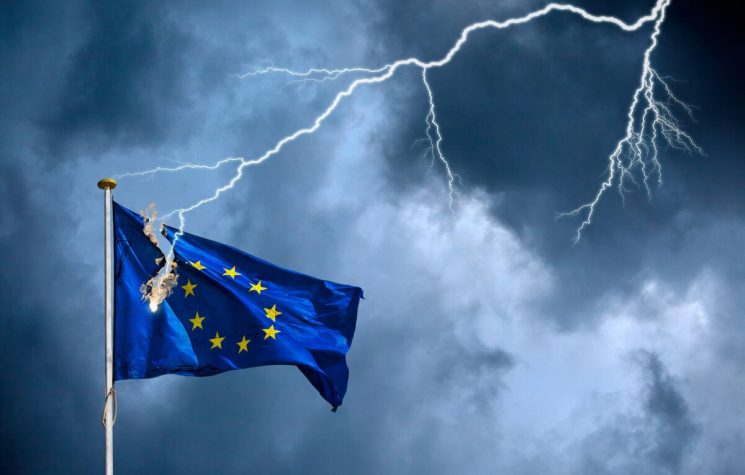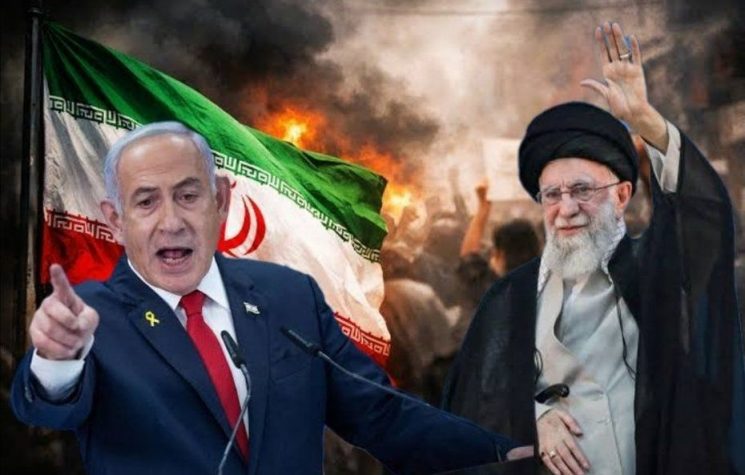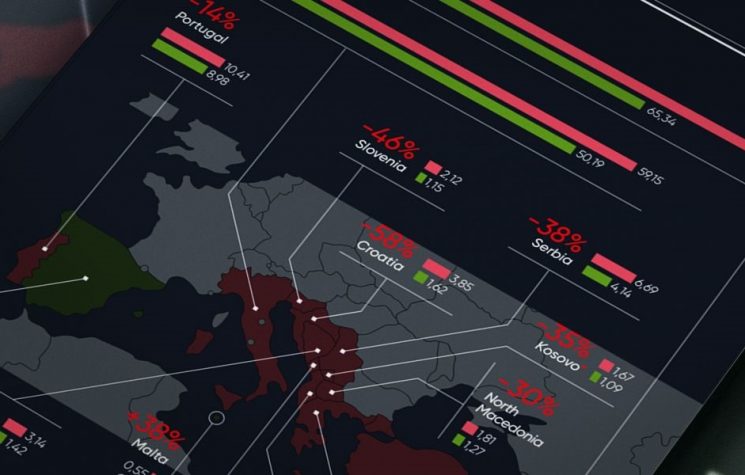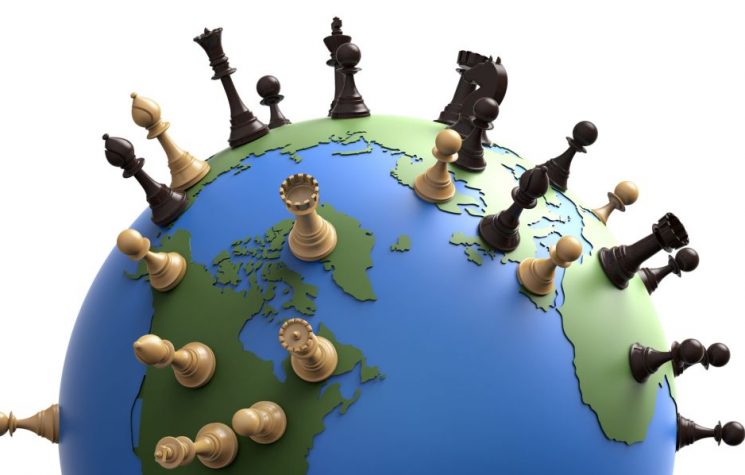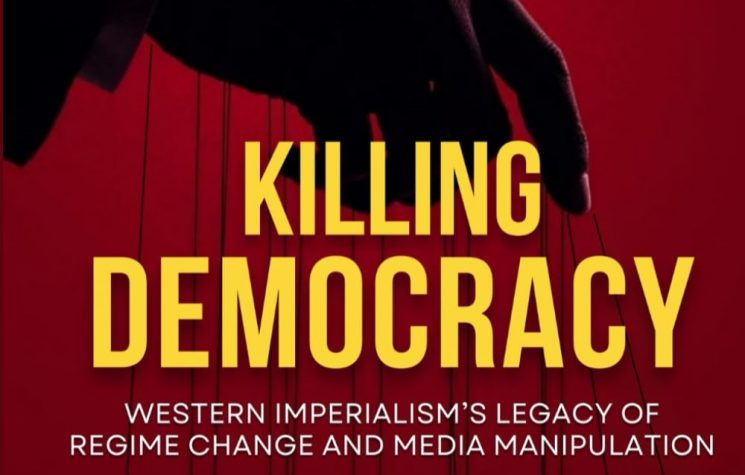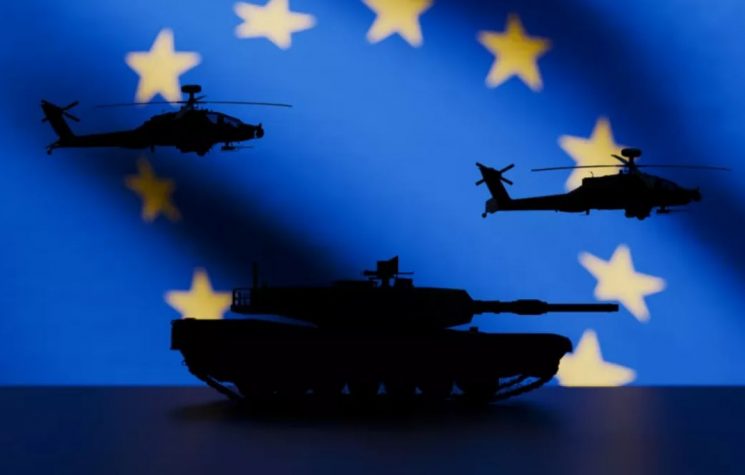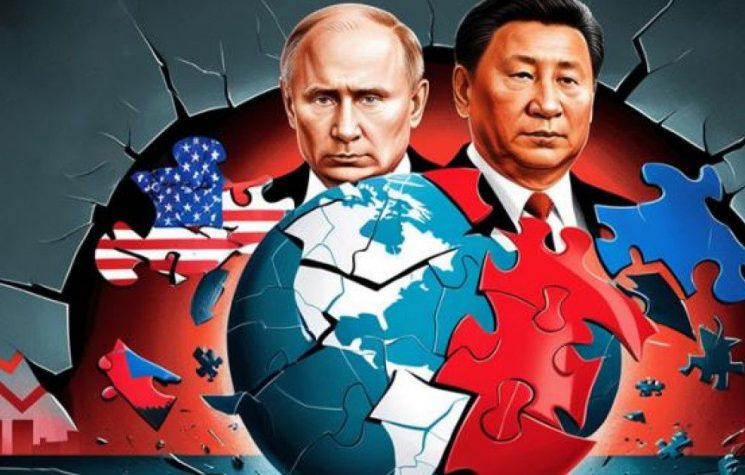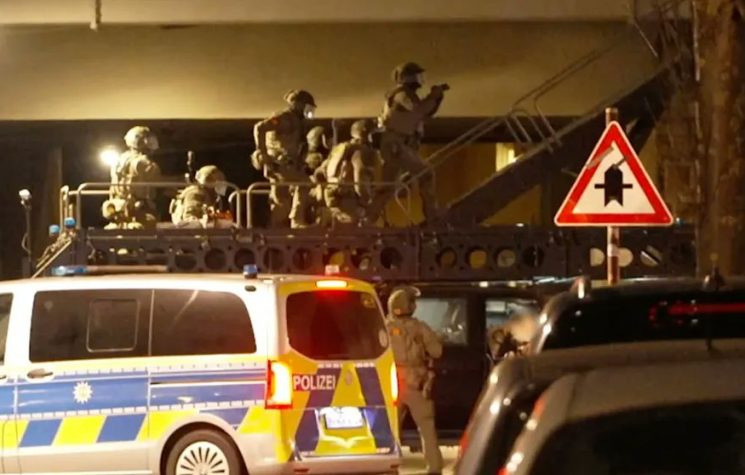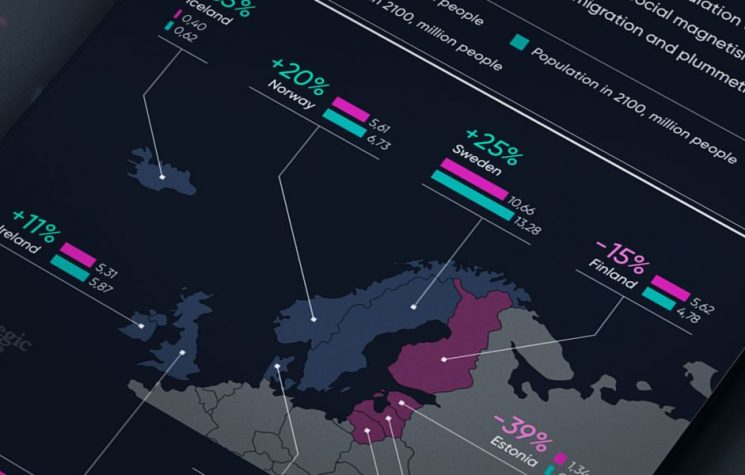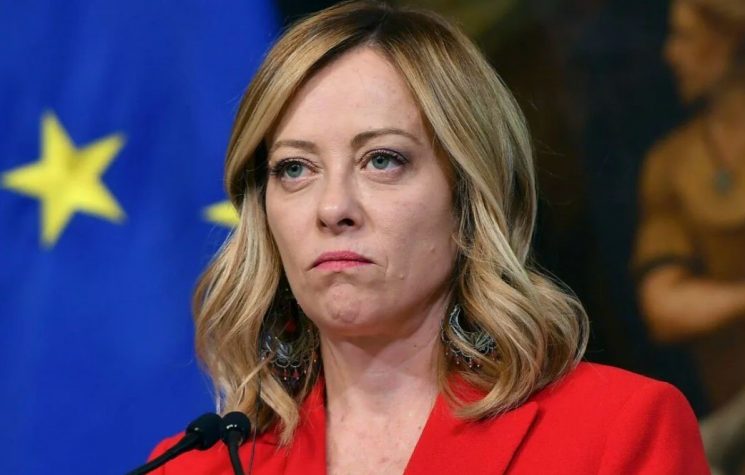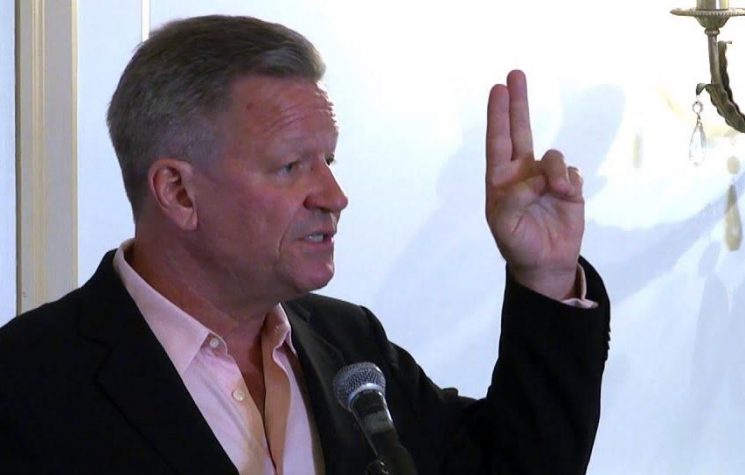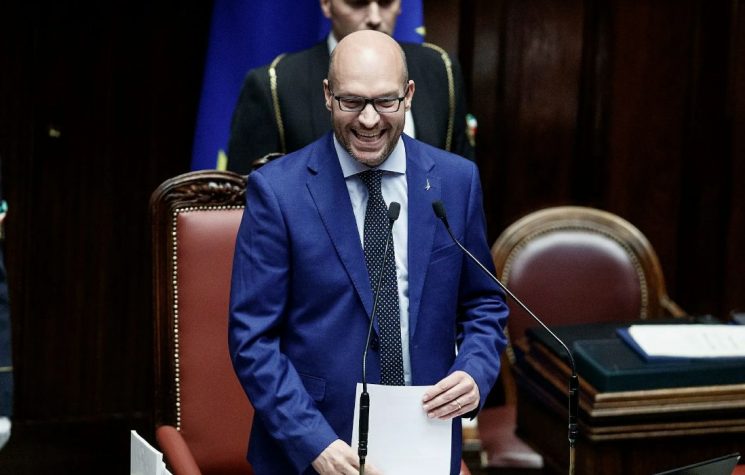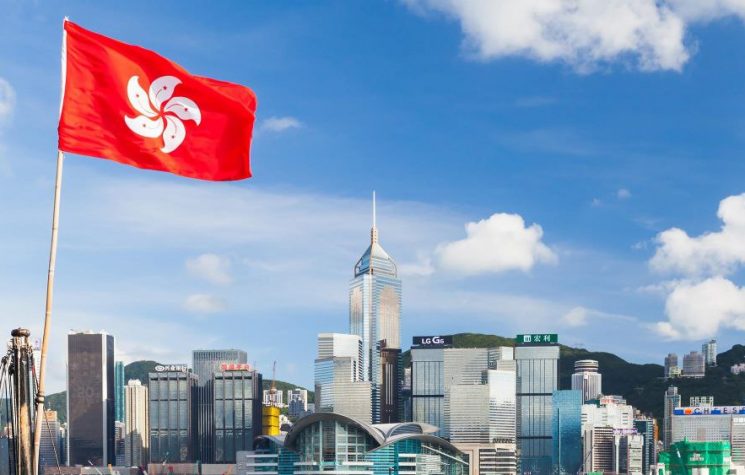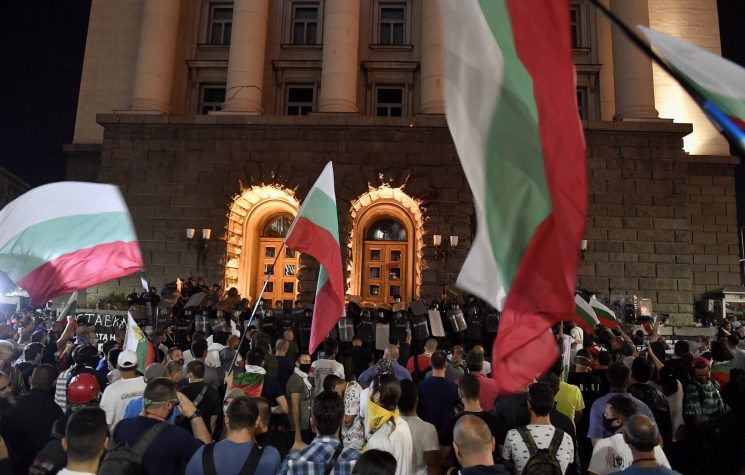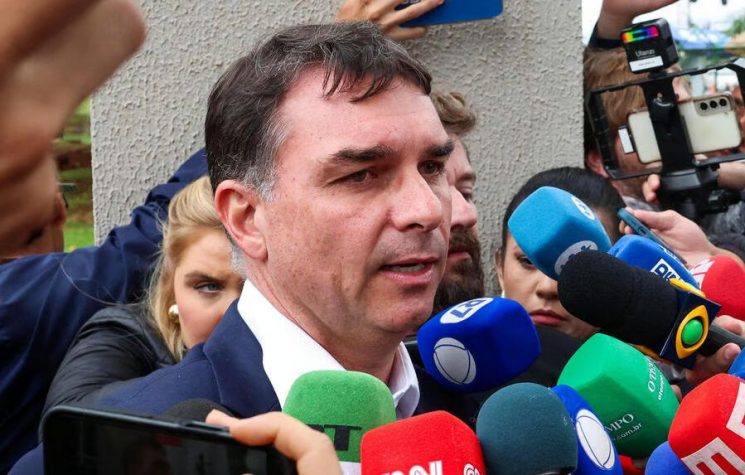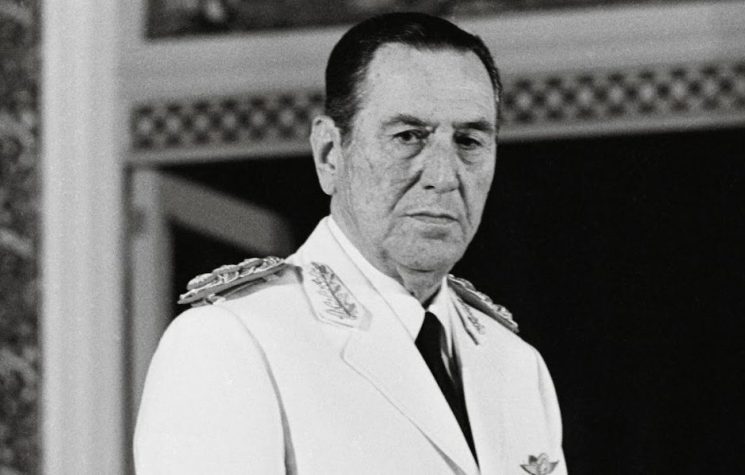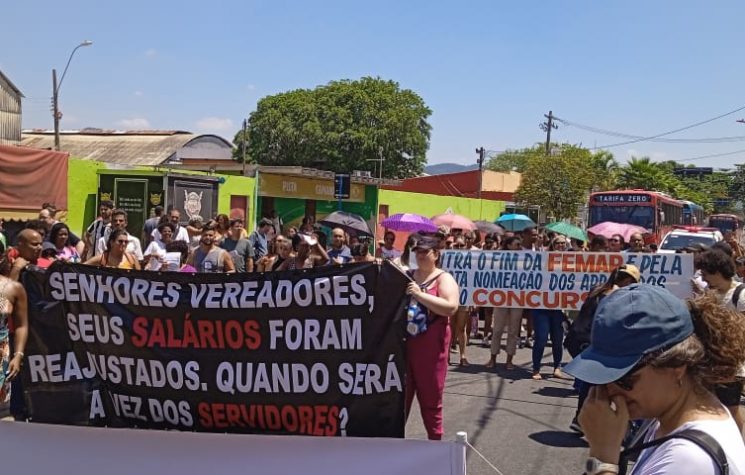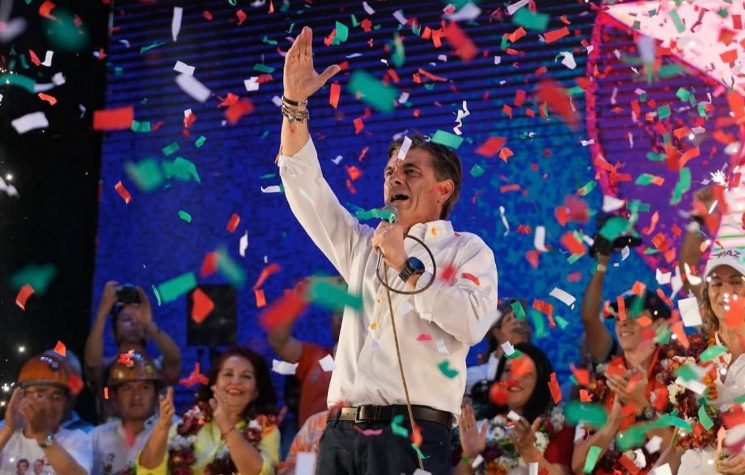By crystallizing into a monolithic, increasingly obsolete center, liberal “democracy” announces its death, Hugo Dionísio writes.
Contact us: info@strategic-culture.su
The last few weeks constitute a deeply enlightening chapter regarding the explanatory reasons for the crisis of the so-called “liberal democracy” and the profound problems affecting the West and the European Union, in particular. Whether it’s the Trump /Biden debate that tells us that whoever is at the steering wheel is not showing his face, and whoever is showing his face is not at the steering wheel; be it the elections in the EU, which demonstrate the contradiction between a monolithic political “center” and the needs of its populations; In both cases, we can see the growing obsolescence of the political system to face the announced challenges, as well as the real exhaustion of the “solutions” it advocates.
As a profound consequence of this exhaustion, there is the absence of a future strategy that does not involve a troubled navigation in sight and a total lack of material basis that justifies the political decisions that are being taken, all resulting in failure after failure. It’s absolutely incredible that you can fail so much and so many times. The measures applied by the U.S., and imitated by the EU against its adversaries, not only fail, but also repeatedly have the opposite effects to those stated. However, they remain unchanged.
To confirm this truth, the European Union recently decided to apply tariffs to cereals from Russia and Belarus. In addition to this tremendous nonsense, in a context of crisis, characterized by the need to control inflation and high prices of production factors, the EU decides to repeat the recipe applied to Russian gas and contribute to making food more expensive. The objective of reducing cereal imports from these countries is related, according to the European bureaucracy, with the objective of denying Russia economic income. Taking what has happened with sanctions as an example, I can only ask if, to defeat Russia, we won’t all have to starve to death first.
An example of the monolithism and immovability of this political “center”, built from and in conformity with the image of Washington, through the use of NGO’s, academia, Think Thank and international organizations, is the very name of Úrsula Von Der Leyen and António Costa. Someone please explain, based on what scrutiny this lady was once again chosen as President of the Commission! What was the democratic dimension in which she was successful, other than the blind replication, to the European Union, of Washington’s foreign policy? And why did the S&D political family approve her appointment? They exchanged for the PPE’s support for António Costa!
Also, in the case of António Costa, the power of this political “center” is enshrined. After his political opponent and current Portuguese Prime Minister, had been accusing him of incompetence in Portugal and for having headed one of the “worst governments” in Portuguese democratic history, why later the same PM, when it came to appointing him to the European Council, to say that Costa met all the requirements? The fact is that political life in the collective West is increasingly carried out in a closed circuit, in which propaganda, unlike before, no longer aims to convince outsiders to enter; rather, it aims to convince those inside to stay!
This situation demonstrates the complexity of the problem and, contrary to what many would have you to believe, it is not enough for the European Union, or the U.S., to replace the political class committed to this decadence. It may seem attractive to think that “it’s the politicians’ fault”, and that all you need to do is change the poor-quality ones with better ones, and everything will be resolved. Better politicians depend on raising the level of consciousness of the populations and they are still too far behind to be able to produce them, in quantity and quality. The few that exist are rejected by the all-powerful political “center” because they do not align with its aspirations.
Therefore, I am sorry to disappoint those who see a profound change in the latest election results. The electoral results, characterized by the “threat” from the “extreme” right, represent, above all, that a growing part of the population feels very bad. But this sentiment still corresponds, in my opinion, to a primary state of consciousness. The political discourse from the dominant center, focused on the others failures (“the Russian economy is in pieces”; “The Chinese economy will fall”, over and over again), no longer can hide the serious state in which we find ourselves. People are beginning to realize that they are sick, yes, but they still do not know the causes of the disease, let alone the path to a cure.
For now, and even in a logic of resistance to any type of substantial change, the choices focus, above all, on partisan agendas that only address superficial issues (not to say that they are unimportant) without ever touching the fundamentals. Without ever calling into question the economic exploitation model. Let us recognize that it is easier to assume that it is someone else’s fault, that the evil comes from outside, than to assume that it is inside and is deep!
In any case, the electoral movement is increasingly moving towards voting for the forces that best express this ill feeling, but that rarely present fundamental solutions to resolve it. Hence, after a decades-long call for “centrist moderation”, populations feel driven to “politically incorrect”, confusing accusations of guilt against third parties (immigrants, gypsies, corrupt people) and shouting with the necessary “change”. And it is this “political incorrectness” that is expressed by the so-called “extreme right”. And regularly that is what distinguishes it, fundamentally, from the political “center” in crisis.
If there is stagnation and irremovability in the Western political “center”, this is as a result of the historic capitulation of social democracy and its capture by the interests of the ruling class. This led to an unprecedented concentration of political power (also resulting from the concentration of wealth in less and less people), with this political “center” starting to function as an ideological cartel in which superficial differences do not jeopardize the fundamental ideas that unites them. This political center is “woke” (did you think “woke” is the left?), sharing Soros’ agenda; it is neoliberal, sharing the Washington consensus agenda; is a globalist, sharing the World Economic Forum’s Great Reset agenda.
The superficial differences that we see between a more “woke” center left and a more neoliberal center right cannot be confused between “right and left” and even less between the progressive left and the reactionary right. They only reflect the scope of the political center. Instead, these differences lose expression in the face of the idea of “neoliberal Western civilization”, led by the U.S., and its neocolonial expansion to the rest of the world, which represents the fundamental ideological pillar that unites the most powerful political families. Let’s look at the case of the United Kingdom, where there is a movement, standing still, between a conservative party dominated by multimillionaires and a Labor party dominated by employees of multimillionaires. But the underlying policy never changes.
To avoid attrition, dominant interests resort to electoral alternation, creating the appearance of democratic turnover, scrutiny and accountability. However, since power is cartelized between political oligarchies, the alternation has been, as predicted, unable to translate the alternating rotation into concrete political changes. The system has become a prisoner of a mere apparent movement. Whatever the political system, more or less suffragist, there is something that decrees its eventual death: the inability to change; ideological monolithism, especially in the face of the difficulties of the populations.
The supposed “moderation” of this “center” of power has always been measured through the index of inability to challenge European and Western economic and foreign policy guidelines, especially those from Washington. The great concern of national governments, those that belong to the dominant political “center”, became to be, bureaucratically, “complying with European guidelines”. The EU, on the other hand, is obsessed with the Atlanticist alignment. The governance margin to solve the problems of the European peoples became minimal. In this sense, this political “center” represents a form of militant Atlanticist extremism.
Given the monolithism of this political “center”, its arrogance and sectarianism, in which not accepting one of the rules it advocates means being left out, the political right that rejects war is pushed to the margins. And it is from here that part of the idea of the “extreme” right and its danger is sustained, not distinguishing between the “extreme” right, which is so because it rejects globalist and confrontational foreign policy (where I have even seen Vucic and Fico align !!!), and the de facto “extreme right”, xenophobic, fascist and backward.
In this sense, the political “center” can be as extremist and dangerous as the real “extreme right”, since it is this same “moderate center” that has embraced militarism and wants the continuation and expansion of the war front (there is something worse and more extreme than war?)
And this is where the difference is established between the “moderate center” and some “extreme” right and some “extreme” left. Opposition to war and support for dialogue with Russia. Aspects that, added to the case of Orban, who defends relations with China, threaten to collapse the North American hegemonic strategy, appropriated in such a militant way by Úrsula Von Der Leyen ‘s European Commission and its political center. All “extreme left” forces that advocate changing the economic model of exploitation are kicked out of the political discussion.
Hence, we can draw several conclusions based on the history of recent times. One is that this political center propagandistically exploits a false idea of “moderation” assumed as the characteristic mode of governance that supposedly brings together and represents the virtues of the entire political-ideological spectrum. Nothing more fake. Today, the issue of the war against Russia, support for the Kiev regime and the attitude towards China constitute a genuine watershed that promises to disrupt the political space. Even openly capitalist political forces defend the deepening of relations with both, as they represent factions that intend to “surf” the growth of these powers.
In this regard, it is the “moderate center” that emerges as the most extreme political area and least capable of conciliation and dialogue with the Russian Federation (totally) and the People’s Republic of China (increasingly). This “moderate center” takes a totally arrogant stance (we are right, the other side is wrong); sectarian (you are either with us or against us) and divisive (there is no dialogue possible). Instead, it is some of those he designates as “extremes” who emerge as truly moderate.
Another decisive conclusion is that, in the face of systemic international competition, translated into the concept of the “Global South” (which we should call the “global majority”), made up of international organizations such as the Shanghai Cooperation Organization, the Eurasian Economic Union, ASEAN, the BRICS, the African Union and others, the crystallized Collective West, increasingly protectionist, appears in direct contradiction with the movement of opening, expansion and development that we are witnessing in the non-Western world. The “Global South”, in a movement to liberate itself from the neo-colonialism of the last 100 years, appears to be more integrative of diversity than the Collective West.
The Collective West only admits one model of governance, in its export version, to which everyone must adhere, sooner or later, if they want to relate to it. Non-adherence to the crystallized Western model implies enormous insecurity in relationships, subjecting the adhering partner to the constant possibility of sanctions, color revolutions and other movements of external interference in their affairs. On the contrary, organizations from the global south start from a more tolerant and pluralistic premise, admitting, within their midst, different views of the world and politics, without some wanting, at least until they see it, to impose their model on others.
Isn’t it difficult to identify which model will be most likely to succeed, evolve and result in an innovative meeting of ideological premises that respond to humanity’s problems? A closed, imposing, top-down, conforming and authoritarian model, in that it does not admit any other attitude than its application, imposing the destruction of sovereignties as a condition for “liberation” and which subjects nations to power of its political “center”; or, on the other hand, a different model, in which different systems contact and cooperate with each other, mutually learning and extracting the best and most successful learning from others, in a plural and unpretentious broth, which is therefore more conducive to innovation and progress, assumed by nations, voluntarily and sovereignly? Between these two views, after all, which one appears to us as more moderate, dialoguing and balanced?
The extremist monolithism of the liberal Western system is gradually opposed by a new world. A multipolar world and therefore more plural, diverse and inclusive, therefore more capable of innovating, and by innovating, more capable of developing, surviving and winning!
By crystallizing into a monolithic, increasingly obsolete center, liberal “democracy” announces its death! When the “center” occupies the entire spectrum, it stops being “center” and becomes “extreme”.










